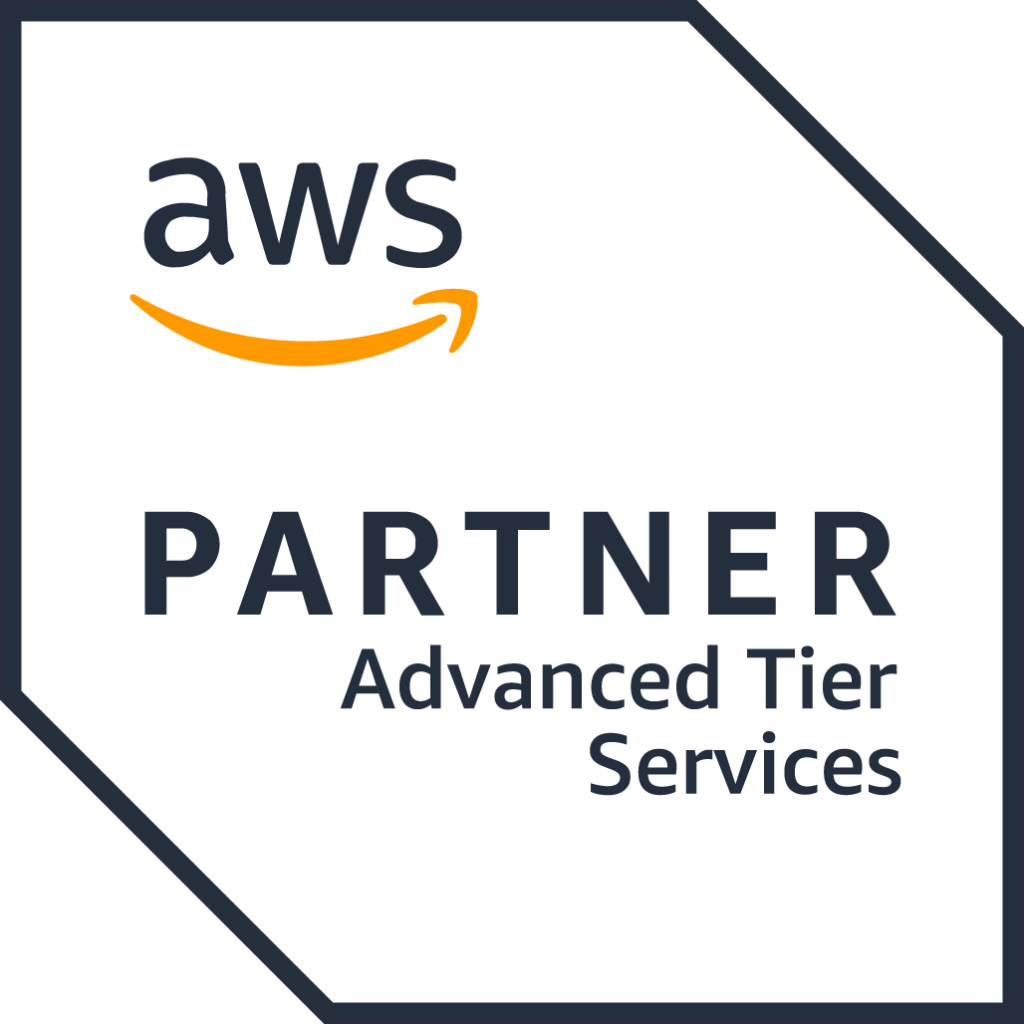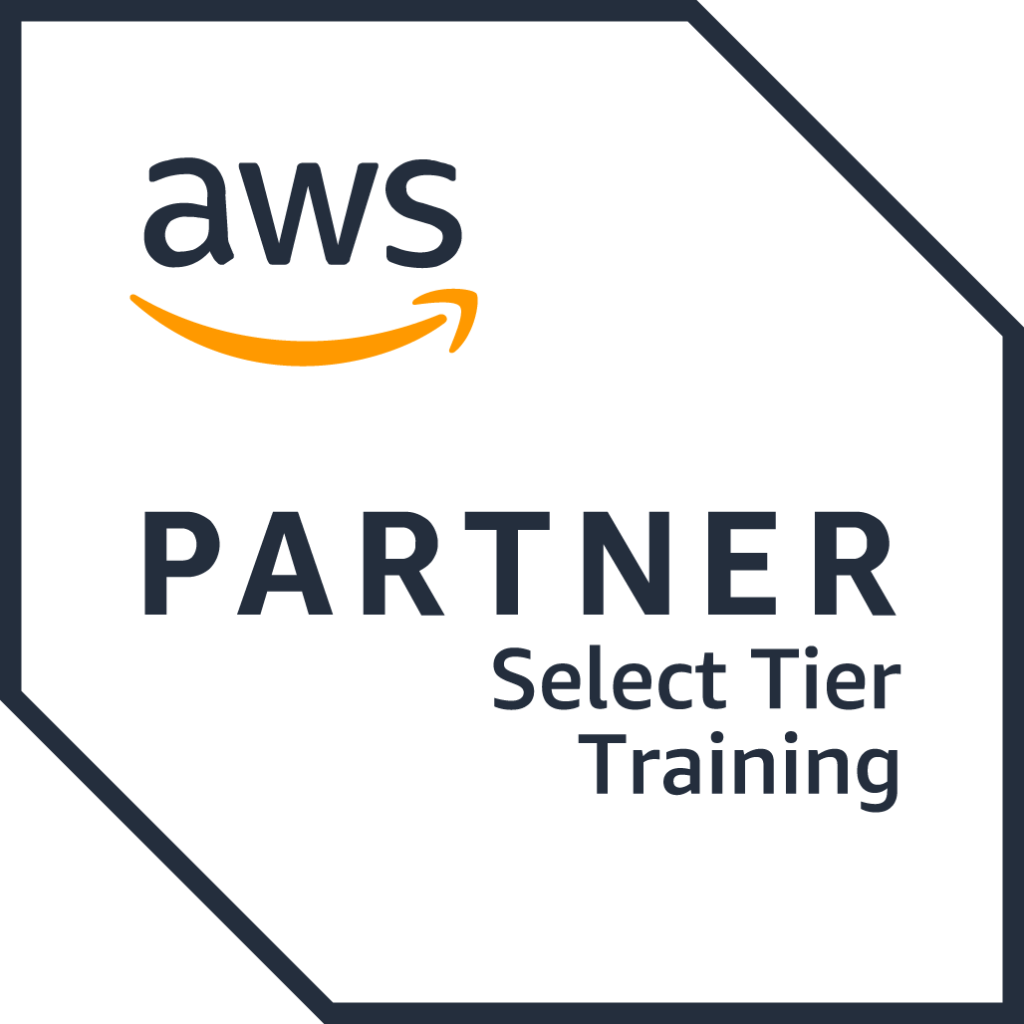Architecting on AWS richtet sich an Lösungsarchitektinnen und -architekten, Solution-Design Engineers und Entwicklerinnen und Entwickler, die ein Verständnis für AWS-Architekturen aufbauen möchten. In diesem Kurs lernen Sie, Dienste und Funktionen zu identifizieren, um belastbare, sichere und hochverfügbare IT-Lösungen in der AWS Cloud zu erstellen.
Architekturansätze unterscheiden sich je nach Branche, Anwendungsarten und Unternehmensgröße. Von AWS autorisierte Trainerinnen und Trainer betonen Best Practices anhand des AWS Well-Architected Framework und führen Sie anhand realer Szenarien durch den Prozess, optimale IT-Lösungen zu entwerfen.
Die Module konzentrieren sich auf Kontosicherheit, Networking, Compute, Storage, Datenbanken, Monitoring, Automatisierung, Container, Serverless Architektur, Edge Services sowie Backup und Recovery. Am Ende des Kurses setzen Sie das Gelernte praxisnah um, indem Sie eine Lösung aufbauen, und wenden Ihr Wissen souverän an.




